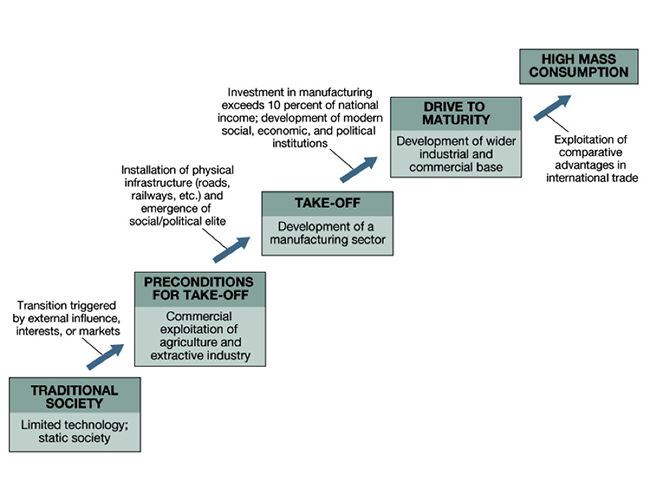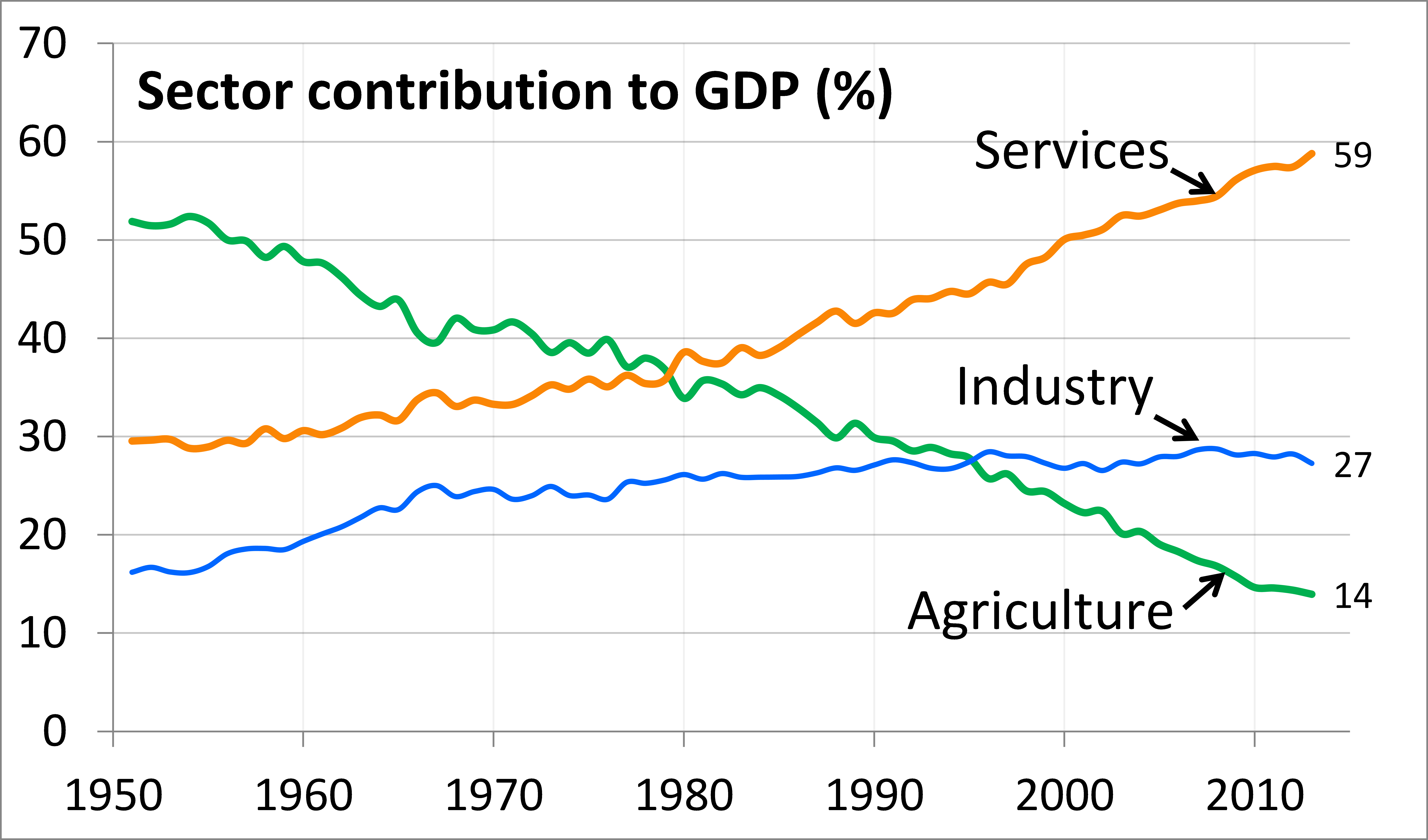Intro – EconForEverybody
When I first read the headline "Pay Fine If You Cross Mysuru-Bengaluru Highway In Less Than 60 Minutes", it immediately reminded me of homework and Goodhart’s Law. Homework was always a task that I completed quickly so I could indulge in reading for the rest of the time. Goodhart’s Law states that any measure that becomes a target ceases to be a reliable measure. The intricacies of designing effective public policies, like the one in the headline, highlight the challenges policymakers face.
Teaching Economics
In my journey of teaching Principles of Economics to students, we have covered two out of the six (or seven) core principles. One of the fundamental concepts we discussed is opportunity costs. The application of economic principles in real-life scenarios, such as music festivals, helps students grasp the concepts better.

The rise of algorithmic recommendations in streaming platforms has led to the segmentation of music listeners into smaller niches. This shift has made organizing festivals with broad appeal more challenging, emphasizing the impact of changing consumer behaviors on traditional events.
The Long Tail Effect
The concept of "The Long Tail" explains how niche products with lower demand collectively can gain a substantial market share compared to popular bestsellers. The internet and advanced technology have revolutionized content consumption, enabling creators like MKBHD to build massive followings within specific communities while remaining unknown to others.

This shift towards niche content has reshaped industries like music festivals, where specialized events now attract more significant attention than general festivals with broader offerings. The dilemma of choosing between concentrated popularity or widespread acceptance reflects the evolving dynamics of consumer preferences.
Economic Development in India
An intriguing aspect of India's economic landscape is the fluctuation in the share of manufacturing in GDP over the years. Despite various governments' efforts, the manufacturing sector's contribution has not shown significant improvement post-1991, raising concerns about sustainable economic growth.

Economic theories, from Arthur Lewis's dual-sector model to contemporary research by economists like Dani Rodrik, emphasize the pivotal role manufacturing plays in driving productivity, absorbing labor from agriculture, and creating stable job opportunities essential for societal prosperity.
While debates continue on manufacturing's future trajectory, its significance in India's economic growth cannot be understated. The need to enhance the manufacturing sector's share in GDP remains a critical imperative for sustainable development and long-term economic stability.




















